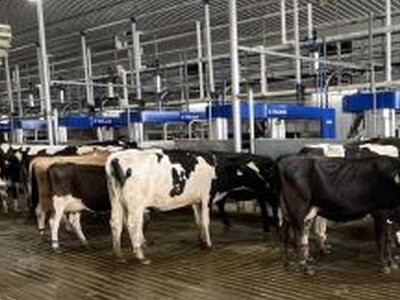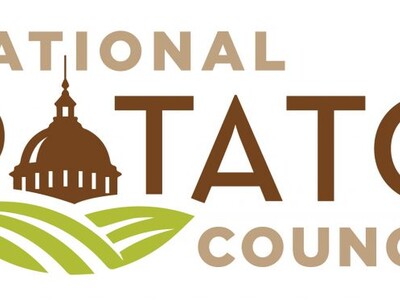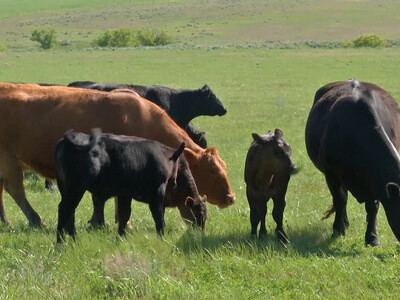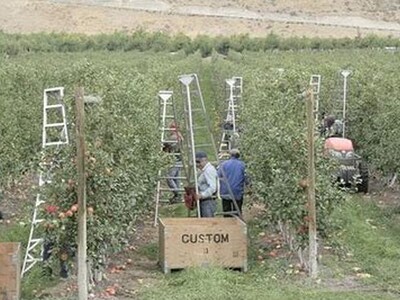Cover Crops Growing in Popularity
Cover Crops Growing in PopularityA farming practice that could make land more sustainable in the future appears to be growing in popularity.
Cover crops are planted in the off-season to help protect soil from water and wind erosion, and reduce nutrient runoff.
Soren Rundquist, with the Environmental Working Group, says it's a step in the right direction, but far from what is needed.
"We welcome this growth of this practice, intended to reduce agricultural runoff polluting surface waters," he states. "But the scale to which this practice needs to exist to make substantial change is still kind of a drop in the bucket, more or less."
For farmers, the use of cover crops has its challenges, including costs to implement the practice and the possibility of lost yields.
Rundquist says cost sharing and crop incentives can help offset those costs. He adds that farmers already using cover crops understand they're a long-term investment.
"The adoption of this practice is kind of contingent on farmers talking to each other, and more or less hearing it from other producers, seeing the gains and benefits of utilizing this practice on their own," he states.
Figures show that cover crops planted in the fall of 2017 prevented millions of pounds of nitrogen, phosphorus and sediment from entering our country's waterways.














